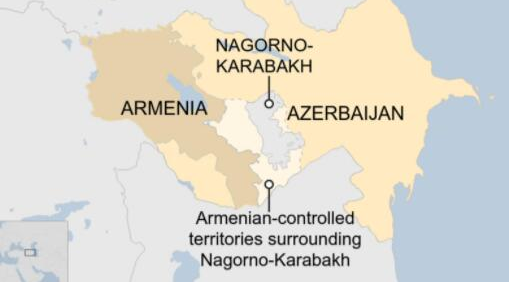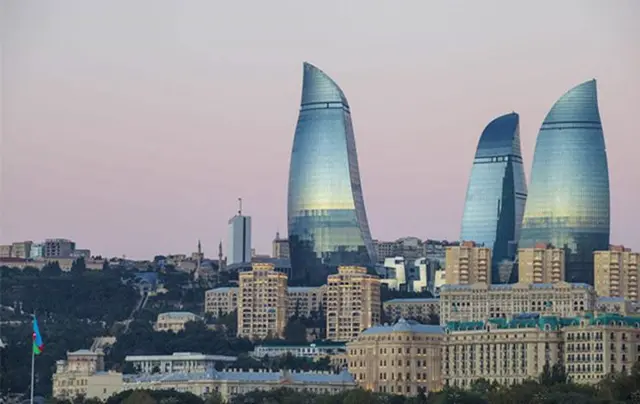Editor's Note:
The writer, Mr. I. Hussain Janjua is a senior media professional and analyst having experience of research & broadcast journalism in different organisations. He is a non-resident fellow of Chengdu Institute of World Affairs (CIWA). (Email: [email protected]; twitter: @ihussainjanjua)
Azerbaijan’s capital Baku is an old city and is also called the land of flames --- its mountainous outskirts natural burning of fire according to overwhelming approach is due to huge oil and gas reserves underneath while the successive winds continue to keep these flames burning.
Moreover, Azerbaijan used to contribute more than 50 percent oil share in the world market and even today it is the fifth largest oil producing country, a single major contributor to its development and prosperity. Armenia on the other hand is a land locked country --- home to the oldest Christian civilization. Both the countries were part of the Soviet Union during 1922-1991.
The main cause of dispute between Azerbaijan and Armenia is control over Nagorno Karabakh and occupation of local Armenians over the areas owned by Azerbaijan. Nagorno Karabakh is an enclave situated inside Azeri borders, however, majority of the population of the area is Armenian but the area belongs to Azerbaijan which is accepted as such at the international level.
The local Arminian guerrilla leaders of Nagorno Karabakh with the help of Armenia took over seven Azeri areas during the war that began in 1988 and continued until 1994 --- the ceasefire taking place sans any peace agreement --- with death toll numbering over 30,000. Those seven areas are under the control of local Armenian population even today.
The large-scale migration of Azeris from the area caused by the war helped the local Arminian population to emerge as a majority force with pro-Armenia government while a 1991 referendum had also ruled in favor of Armenia.
Several skirmishes have taken place between the two countries as Azerbaijan since long is in pursuit to get back those areas but without any success. In 2016 war that continued for four- or five-days Azerbaijan did succeed in getting control of some of the occupied territories while more that 200 casualties were recorded.
The huge oil reserves are also a factor in the present conflict though not a direct one as the countries in the Gilan Sea region want their oil and gas to be exported to European countries for which there are two options --- one passes through northern Russia and the other through Caucasus states.
Europe prefers the Caucasus states option and the two pipelines passing through Nagorno Karabakh are very important as Europe wants to build more pipelines through this region to meet its increased requirements. Though Nagorno Karabakh does not produce oil and gas itself but some of the pipelines also pass through this region. Resultantly, the tension could affect the oil and gas supply to Europe.
Independent analysts believe that this is the biggest conflict since the war of nineties which could develop into a full-scale war. However, experts are unclear what caused the recent surge as both the countries blame each other for the latest situation.

Meanwhile, Armenian and Azerbaijani forces are engaged in the heaviest fighting in years over Karabakh and have rejected international calls for negotiations and a halt to fighting as fierce clashes over the disputed region are continuing as nearly 100 people are confirmed to have died in the flare-up and both sides are claiming to have inflicted heavy losses on opposing forces.
The big world powers including US and Russia have expressed concern over the obtaining situation while the UN Security Council has also expressed concern about the clashes and condemned the use of force and backed a call by its Secretary-General Antonio Guterres for an immediate halt to fighting.
However, with no end yet insight the situation signals a further escalation of the conflict despite urgent appeals to halt it as international pressure for a ceasefire is increasing while the fears are also abound that the conflict could escalate into a devastating all-out war and draw in regional powers like Turkey and Russia as well as different organizations like OSCE, NATO, CSTO and OIC.
The fact that the former Nagorno-Karabakh Autonomous Region and the seven areas surrounding it are under Armenian occupation is both against the international law and not in line with the existing military, diplomatic, economic, and other capacities of the two countries.
(ASIA PACIFIC DAILY)
 简体中文
简体中文

